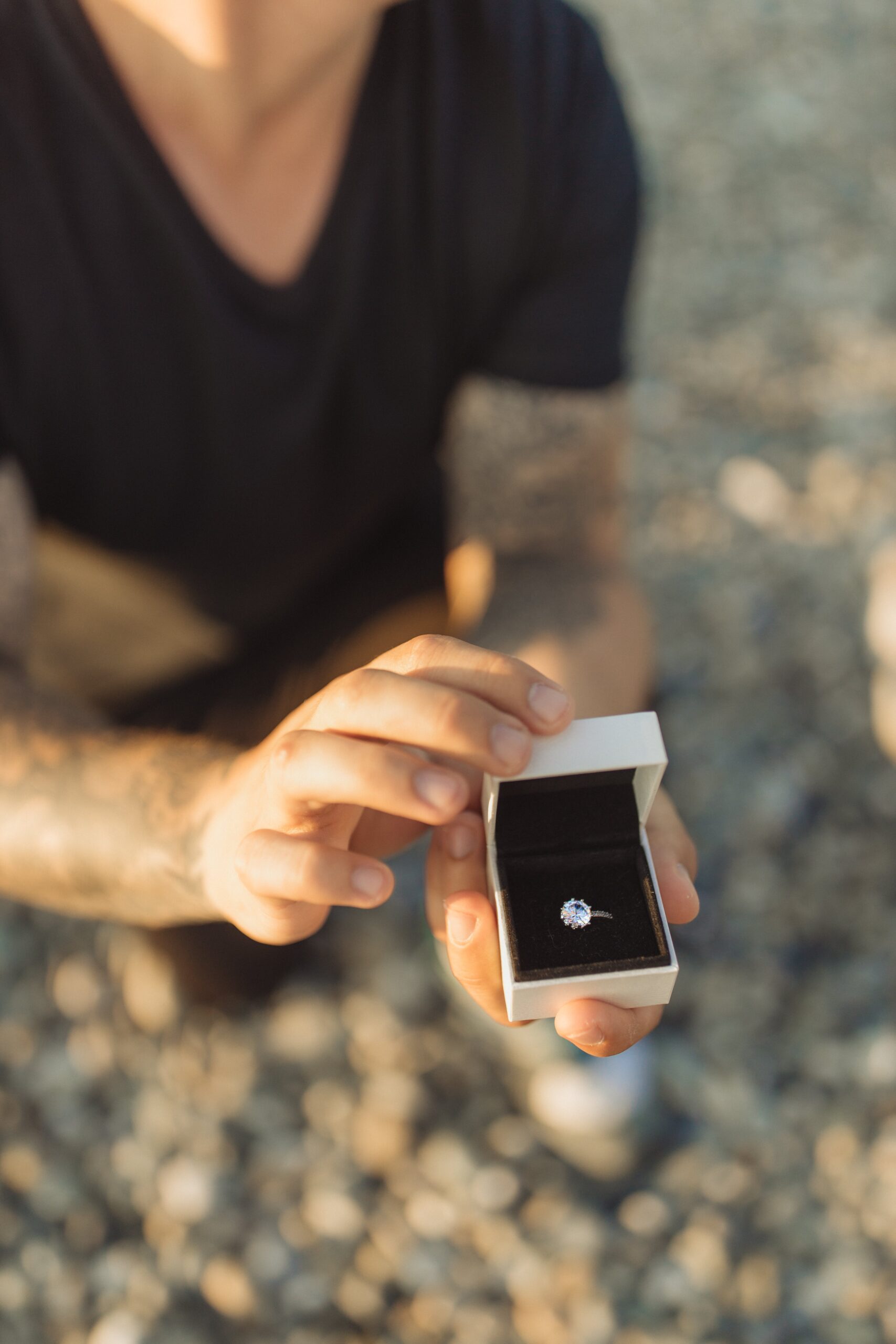Along with the white dress, the flowers, and the coming together of family members, the wedding ring is probably the most universally memorable and recognisable symbol of the unity of two individuals in the ceremony of marriage. The wedding ring is a symbol of unity and commitment in a world where traditional values are often overlooked in favour of instant gratification.
Following the big day, unlike the flowers that will wilt over a few days, and unlike the dress that will gradually descend into disrepair and tatters, unlike the hangovers that quickly fade, the wedding band will last for centuries and perhaps, forever.
Rings are often handed down through generations, and gather the status of family heirlooms. They are treasured within families and looked upon as objects with an almost sacred quality.
But when did the exchange of wedding rings, historically, originate from?
What’s the history behind the wedding ring?
Archaeological evidence suggests ancient Egyptians exchanged rings back in 4000BC.
Back then the rings were less durable, being made from reeds, leather, and bone rather than from precious stones and metals. The rings back then, like those of today, were also worn on the fourth finger on the left hand.
Both the Greeks and the Romans followed the tradition, with the Romans introducing an iron bridal ring thus updating the band to one of permanent durability.
Western traditions finally found their way east, with different spins. Puzzle rings, designed to completely fall apart or be removed, became popular, meaning that now rings were a real symbol of a binding contract.
Then the modern wedding ring was born.
Today wedding ring retailers such as https://vinnyandcharles.com/collections/wedding-rings
produce hand-crafted rings from ethically sourced materials in a range of colours, designs, and styles. Lab-grown diamonds are now available alongside stones originally sourced from mines. The choice of wedding ring design has never been more versatile and comprehensive.
So, in conclusion, from ancient Egyptian reed rings to modern lab-grown diamond wedding bands, the humble wedding ring has become an important and much -loved part of human history.
Whether we choose a ring of a simple nature or an ornate symbol of marriage we know that we are part of a rich history of design evolution that will probably remain with us forever

